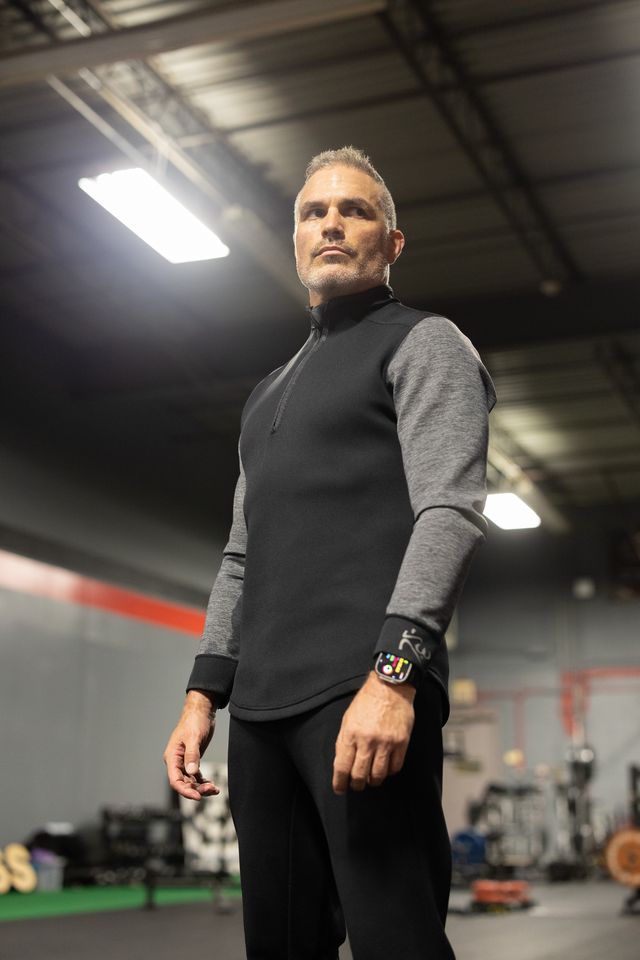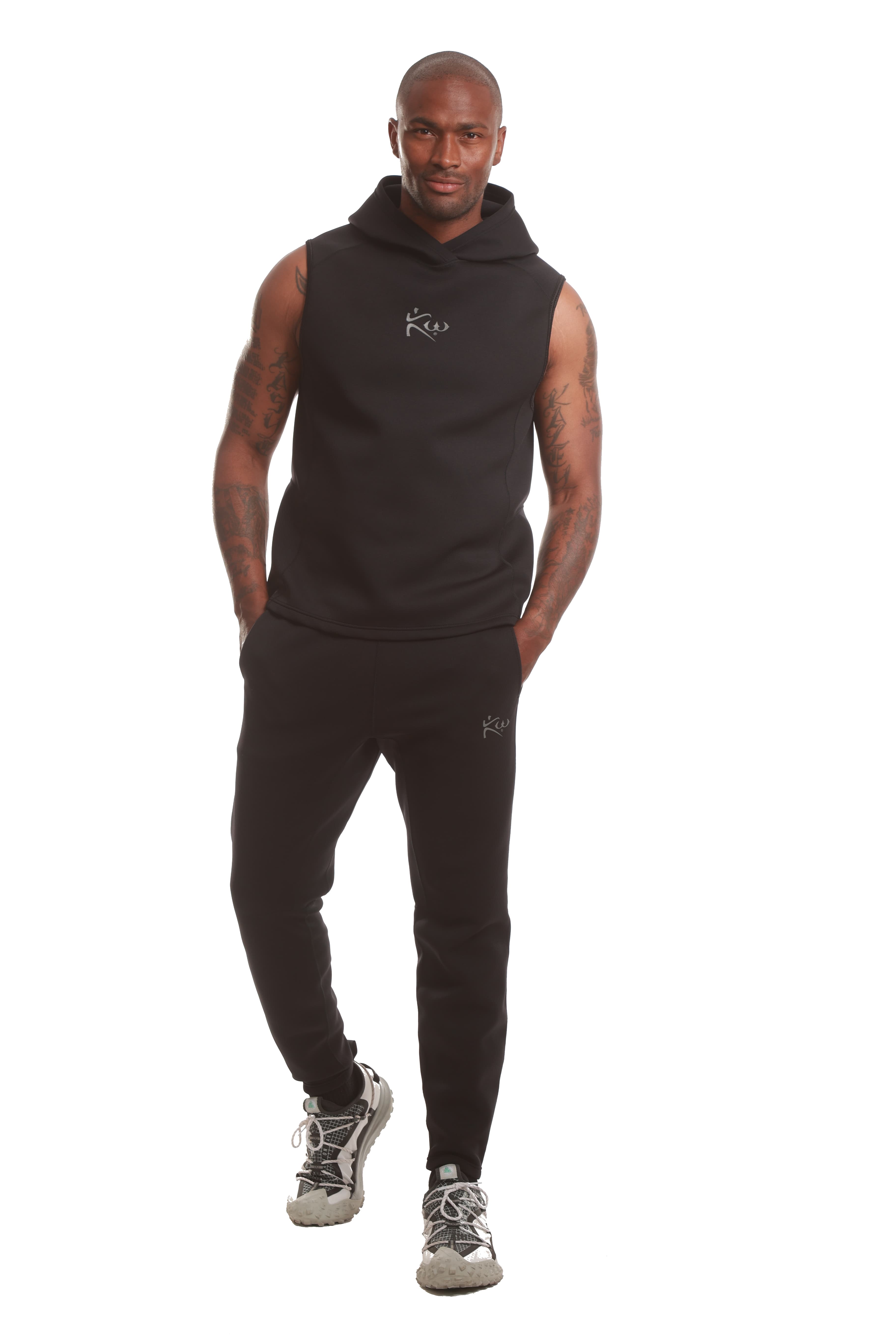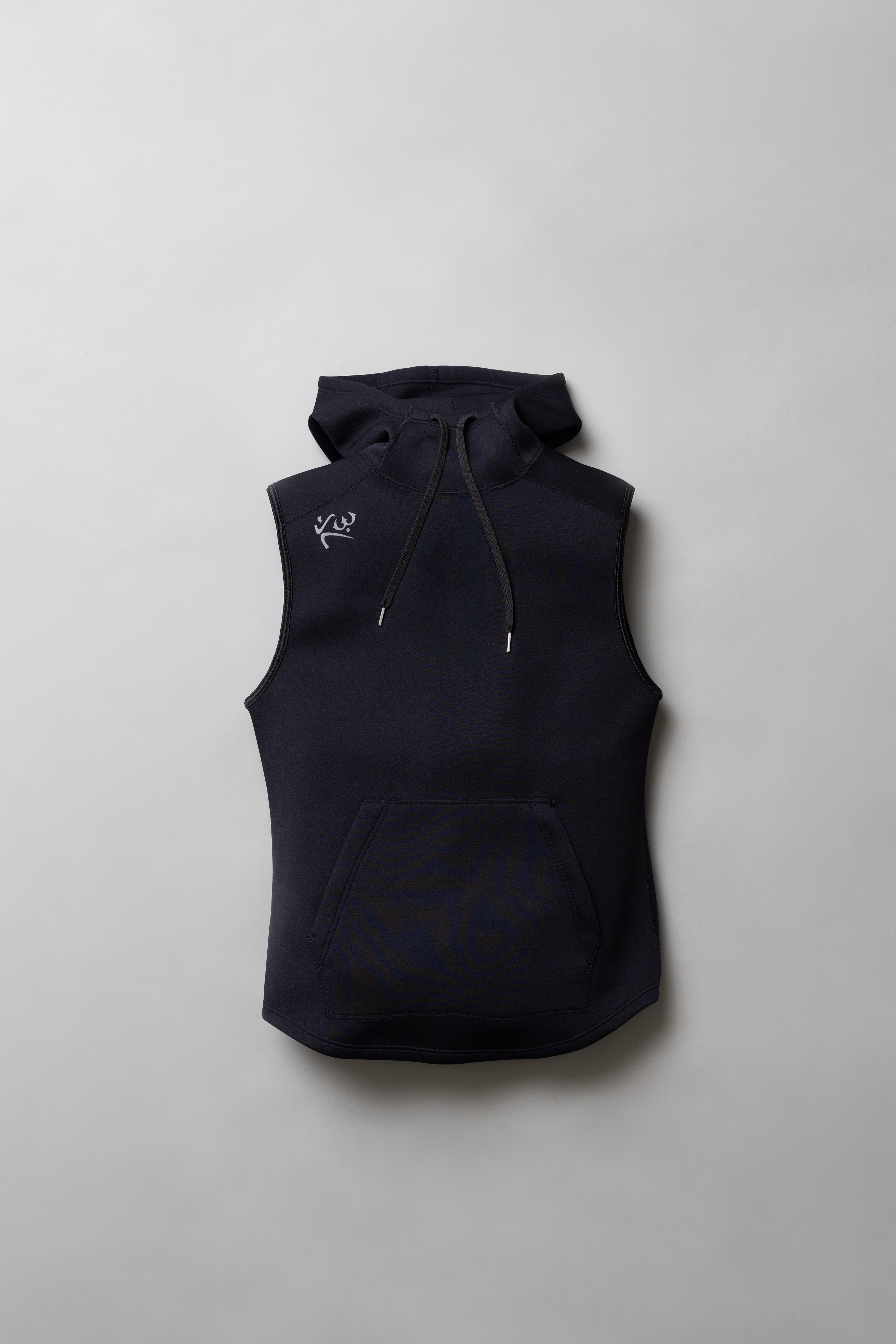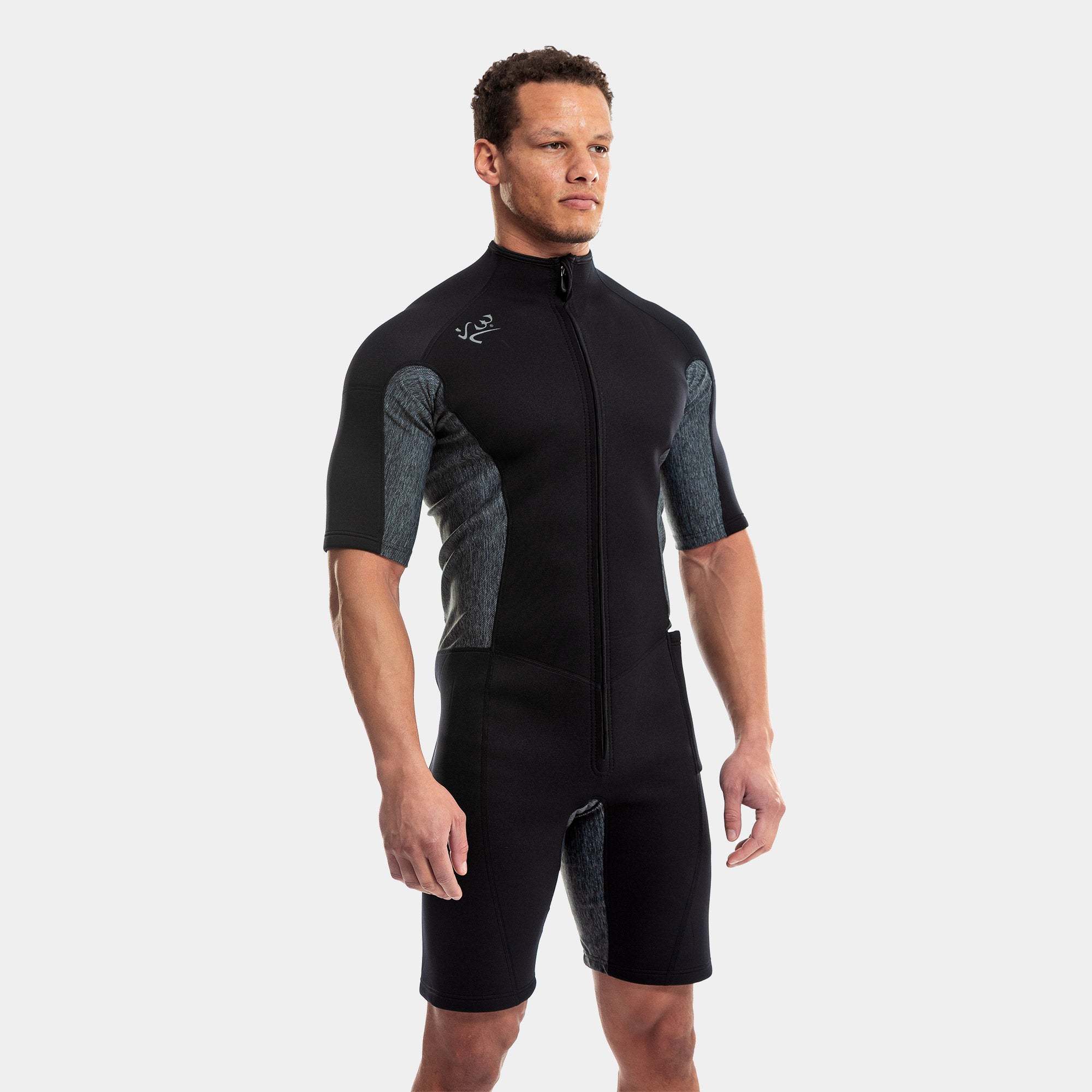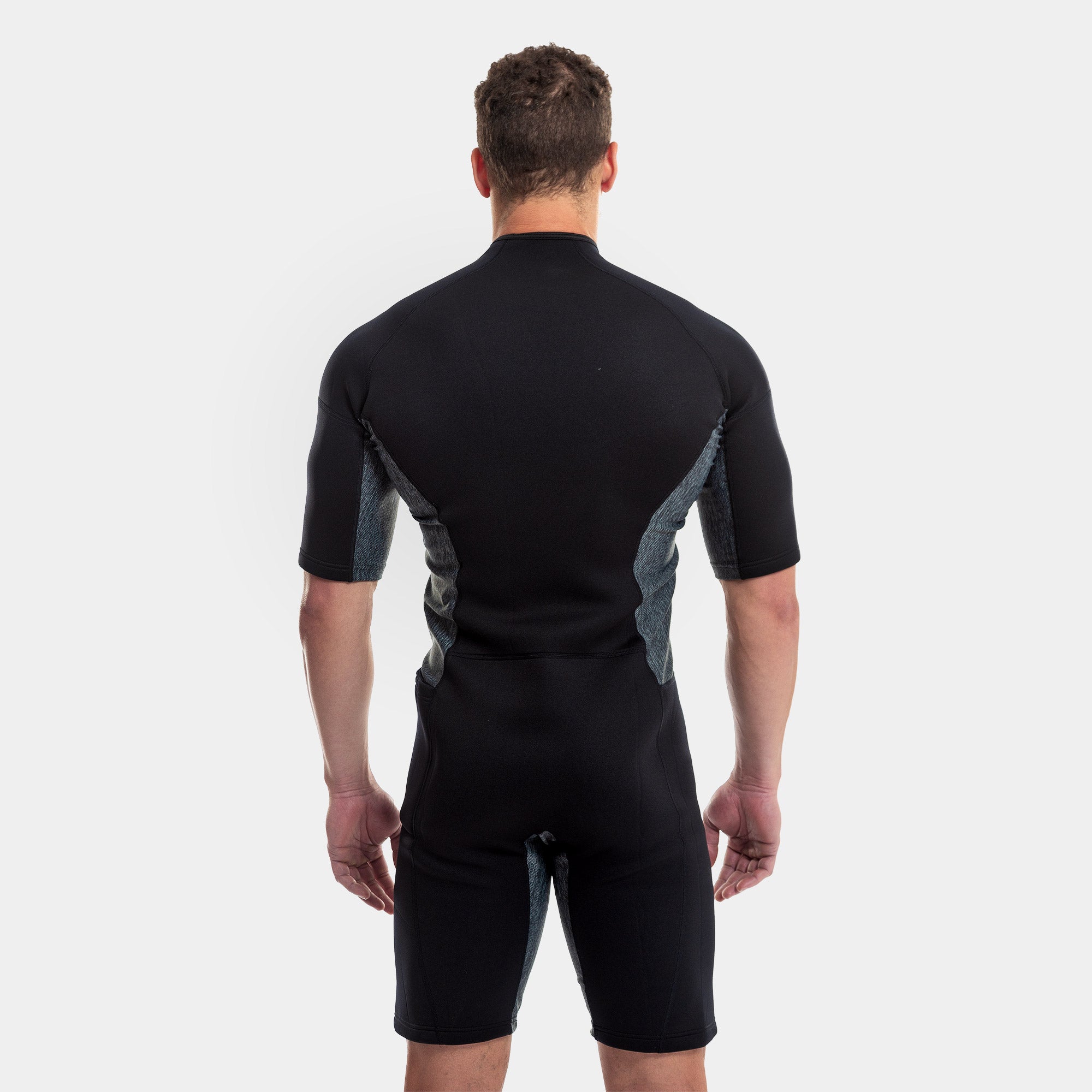Women & Weight Lifting: 5 Ways Lifting Weights Can Help with Fat Loss

When it comes to weight loss, the LAST thing that women think about is going near the dumbbells and barbells.
Traditional strength training programs that use iron clad resistance have long been associated with bodybuilders, power lifters, and all things muscle-related. Sure, throwing around dumbbells and barbells plays a central role in promoting muscular hypertrophy, or muscle growth… but there’s so much more going on here. Just because you are picking up something heavy doesn’t mean you will bulk up. For women, it’s quite the opposite.
In most exercise programs for women, weight lifting may be the last thing to be considered. This is strange because weight lifting is one of the best ways to burn more fat and promote a healthier weight loss overall.
Ladies, listen up: Let’s take a look at the top 5 ways that lifting weights can help you burn more fat than traditional cardiovascular programs.

-
Fat as Fuel
First up, during a workout, your muscles are going to be demanding a constant supply of energy. You get said energy from the food you eat and the supplements that you take. Weight lifting is an ideal way to burn fat in in three ways:
- With normal eating habits
- In a fasted state
- On a ketogenic diet
With normal eating habits…
Eating a normal “muscle meal” filled with carbohydrates and proteins may not burn as much fat during the workout but it may help to increase EPOC levels or Excess Post Oxygen Consumption. This is the number of calories that your body will continue to burn AFTER the workout has ended. This can be extremely beneficial as you keep burning fuel (calories) at a higher rate for an extended period of time. (1)
In a fasted state…
Sure, it may not be the most glamorous way to lift when you are just starting out but as you build up a tolerance to lifting weights on an empty stomach, you’ll quickly realize just how effective it is.
Studies, such as one published in the British Journal of Nutrition, demonstrate that weight lifting is good but lifting on an empty stomach is better. In one study, subjects had a higher rate of fat burning, up to 20% more, when they exercised in a fasted state. (2-3)
One study suggests that 24-hour fat oxidation is not greater post-fasted workout. Further studies confirming this are lacking; however, there is a trick to continue burning a higher percentage of fat throughout the day. We’ll talk about that below so keep reading. (4)
On a ketogenic diet…
Lastly, one of the most effective ways to burn more fat during a workout is to teach your body HOW to burn only fat during a workout. This is where the popularity of the ketogenic diet comes into play. Ketogenic diets focus on eliminating (or drastically reducing) carbohydrates and replacing them with healthy, high-fat options like coconut oil, avocado, and pumpkin seeds.
Sure, there’s an adjustment period, which can be made much easier by simply easing yourself into the diet. Once you’re in a state of ketosis, studies confirm that your muscle glycogen is spared and your fat is the primary source of fuel during workouts. (5-7)
The takeaway…
When it comes to your schedule and fitness preferences, one of these three ways to lift to burn more fat may not necessarily be better. We would recommend cycling through each option to see where you get the most benefits. It’s important to find a way of eating that keeps you motivated and drives you to keep seeing progress.

-
Lean Muscle, Not Bulk
Okay, so we know that the muscle tissue will gladly start to chip away at stored body fat as a means of energy, especially if you’re in a ketogenic state but wait… you’re a woman. If you intentionally work your muscles, won’t you become huge and bulky?
Not at all. Here’s why:
One of the most perpetuated myths about women in weight lifting is that it causes you to look like Phil Heath or Arnold Schwarzenegger.
First, these guys are using a very specific set of acute variables to achieve that degree of muscle hypertrophy. That means they are lifting weight in a very scientific way that manipulates time under tension, or how long you are bring the pain to your muscles.
What’s more, have you ever seen a gym schedule for one of these guys? They gym is their office job. They are in there for 2 to 3 hours each training session, on average.
In between sessions, they are eating specifically for muscle mass. That’s right, bodybuilders, or anyone who is looking to pack on muscle, eat a very specific ratio of carbohydrates to proteins to fats in order to promote growth.
Lastly, let’s talk about the MOST important factor here: hormones. Testosterone is the sex hormone in men that drives muscle building. It’s why guys have a much easier time putting on muscle mass. Women have the hormone, estrogen, which is known for promoting softer, feminine features.
Are there women bodybuilders? Of course. The biggest ones, the ones with the bulky frame that you’re so scared of, did NOT get that way naturally. Testosterone, growth hormone, and anabolic steroids can help a women shred fat and build serious muscle mass. They also bring about a number of side effects such as a deeper voice and body hair growth.
“But I will gain muscle through weight lifting, right?”
Yes, you can expect to build muscle from weight lifting BUT it will be lean muscle tissue. Don’t believe us? Think about (or Google) famous female celebrities like Gwen Stefani, Madonna, J-Lo, and Jennifer Aniston. What do all these women have in common, aside from Hollywood success? They ALL lift weights.
Those sleek arms and toned tummies didn’t happen because of a spin class. These women embraced the lifting lifestyle and their bodies are proof.
To bring it full circle, we think it’s a safe bet that you aren’t planning on injecting anabolic compounds while training for several hours a day, right? We didn’t think so. So pick up those weights and stop worrying.
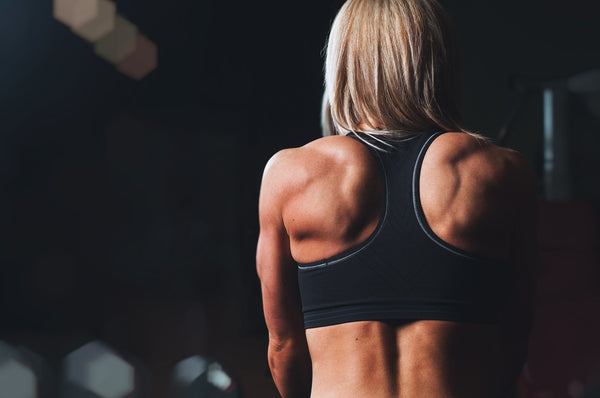
-
More Muscle, More Calories Burned
Having more lean muscle creates a self-perpetuating fat burning machine. As you lift weights, you’ll start to notice that your arms, legs, and stomach will get leaner or tighter. This happens because your body is burning more fat and lean muscle tissue is actively being built.
As it turns out, the more lean muscle tissue you have, the more fat you burn… even when you aren’t doing much at all.
Now, before anyone jumps on the soap box: Yes, it is true that these numbers have been inflated over the years with some people claiming that one pound of muscle gained burns an extra 50 calories per day. Sure, there are definitely ways to body back and get the numbers higher but, on average, one pound of muscle is only going to burn an extra 6 to 10 calories. (8)
While the naysayers will have you believe that those numbers can be dismissed, consider this example:
Let’s say that you burn and shed 30 pounds of body fat. During your weight lifting journey, you build 10 pounds of lean muscle tissue (that you are happily showing off during afternoon jogs). Best case scenario, given the average numbers, you’ll be burning an additional 100 calories per day. 10 calories per pound of muscle equals 100 calories.
100 calories! This adds up. You may not realize how many foods or snacks are 100 calories. Here’s the important thing you have to focus on: This is an additional 100 calories on top of your workouts. For example, if you are burning 400 calories during an exercise session, you can look at that number as 500 calories because of the lean muscle factor.
Lean muscle tissue may not be the insane fat incinerator that click-bait bloggers will have you believe BUT that doesn’t mean it should be dismissed as a viable, natural, and effortless way to support fat loss.

-
Techniques for Max Intensity
As we alluded to above, there are ways to body hack your weight lifting workouts to improve overall fat burning. The idea here is to increase the intensity that you experience during your workouts. Aside from being better at promoting fat burning, higher intensity workouts require less time to complete.
Let’s review common weight lifting techniques that you can utilize to keep things new and fresh while promoting a high level of fat burning.
Full Body
If you’ve never trained before, this is where you need to start. Utilize a full body workout three times per week. The idea is to train the largest muscle groups once per workout. Focus on quadriceps, hamstrings, chest, and back. You’ll perform one exercise per body part.
Split Training
This is the step up from full body workouts. Here, you separate the upper and lower body into their own workouts. This means you can increase the number of exercises per body part. For example, if you were doing squats for your quadriceps during a full body workout, you can now add another exercise such as lunges. As an example, it’ll look like this:
- Monday - Quadriceps
- Squats: 2 sets of 12 to 15 repetitions
- Lunges: 2 x 12-15
Full Body versus Split Training
This is the bare bones of weight lifting. Now, let’s throw in some lifting methodologies that will crank up the intensity.
Super Set
You have two exercises. These exercises can be within the same muscle group or opposing muscle groups. You perform these exercises one after another with no rest in between. For example, you can perform a chest press followed by push-ups.
Tri Set
Same idea as Super Sets, except you throw in a third exercise. Again, it can be the opposing or the same muscle group.
Pyramid Sets
Ready for intensity? With pyramid sets, you increase and/or decrease your repetitions. For example, you are performing biceps curls. You start with 4 repetitions. On the second set, you perform 6 reps. On the third set, you perform 8. You do this until you reach your goal number. The truly brave will reach that number then descend back down the repetition pyramid.
Drop Sets
This is where you perform the given repetitions then immediately lower the weight and continue lifting until the muscle fatigues.
German Volume Training
GVT is serious intensity. You have one exercise per body part but you perform 10 sets of 10 repetitions during that exercise. You only need to use a light weight that offers some challenge as 100 total repetitions is going to leave you sore.
Exhaustion Sets
The epitome of intense workouts, exhaustion training involves bringing a muscle to complete failure. Much like drop sets, this is done by performing the given number of reps then continuing with a lower weight. Here’s the difference: You keep going to complete failure at every new weight you pick up. You’ll cycle through 4 or 5 weight loads in a given set. This is a technique for someone who has been lifting for 6 months or more.
-
EPOC Levels Skyrocket
Let’s bring these benefits full circle:
As we mentioned above, EPOC (Excess Post Oxygen Consumption) is the amount of calories that your body continues to burn AFTER the workout has ended. During exercise, your body is using large amounts of oxygen. After your workout finishes, there is, for lack of a better term, an oxygen debt. Your body must work to replenish oxygen levels in the blood. This is great news because that “work” that your body is doing is burning through excess calories.
Now, a standard weight lifting program will turn up your EPOC levels naturally. Lucky for you, there are other ways to body hack to get an even better caloric burn via your EPOC levels.
Intensify Your Workout
Use the suggestions in point number two! The more intense your workout, the better the oxygen deficit that your body will work to balance.
Try Intermittent Fasting
Intermittent fasting can help to support both fat loss and muscle building simultaneously. A number of recent studies are hailing I.F. as a great way to support a healthy weight and combat age-related illness. I.F. can be done by fasting for 16 hours and eating during an 8-hour feeding window. Most people start the fast at 8 p.m. the night before. Click here to read more about intermittent fasting.
Wear a sauna suit
The Kutting Weight sauna suit has been shown in several studies to be an easy and effective way to boost your EPOC levels. One study conducted by Dr. Lance Dalleck showed that subjects wearing the Kutting Weight neoprene weight loss sauna suit experienced an increase in EPOC by up to 22%. The sauna suit was also shown to increase caloric burn and result in an overall greater weight loss by up to 40%. (9-10)
Tell Us What You Think!
Are you a woman who loves weight lifting?
What benefits have you noticed since you started pumping iron?
Let us know in the comments below!
References
- Lee YS, Ha MS, Lee YJ. The effects of various intensities and durations of exercise with and without glucose in milk ingestion on postexercise oxygen consumption. J Sports Med Phys Fitness. 1999 Dec;39(4):341-7.
- Gonzalez, J., Veasey, R., Rumbold, P., & Stevenson, E. (2013). Breakfast and exercise contingently affect postprandial metabolism and energy balance in physically active males. British Journal of Nutrition, 110(4), 721-732. doi:10.1017/S0007114512005582.
- Jessica L. Bachman, Ronald W. Deitrick, and Angela R. Hillman. Exercising in the Fasted State Reduced 24-Hour Energy Intake in Active Male Adults. J Nutr Metab. 2016; 2016: 1984198.
- Melanson EL, MacLean PS, Hill JO. Exercise improves fat metabolism in muscle but does not increase 24-h fat oxidation. Exerc Sport Sci Rev. 2009 Apr;37(2):93-101. doi: 10.1097/JES.0b013e31819c2f0b.
- Hussein M Dashti, MD PhD FICS FACS, Thazhumpal C Mathew, MSc PhD FRCPath, Talib Hussein, MB ChB, Sami K Asfar, MB ChB MD FRCSEd FACS, Abdulla Behbahani, MB ChB FRCS FACSI PhD FICS FACS, Mousa A Khoursheed, MB ChB FRCS FICS, Hilal M Al-Sayer, MD PhD FICS FACS, Yousef Y Bo-Abbas, MD FRCPC, and Naji S Al-Zaid, BSc PhD. Long-term effects of a ketogenic diet in obese patients. Exp Clin Cardiol. 2004 Fall; 9(3): 200–205. PMCID: PMC2716748.
- Adams, J. H., Koeslag, J. H., (1989), Glycogen Metabolism And Post-Exercise Ketosis In Carbohydrate-Restricted Trained And Untrained Rats. Experimental Physiology, 74 doi: 10.1113/expphysiol.1989.sp003236.
- Antonio Paoli. Ketogenic Diet for Obesity: Friend or Foe? Int J Environ Res Public Health. 2014 Feb; 11(2): 2092–2107. PMCID: PMC3945587
- ZiMian Wang, Zhiliang Ying, Anja Bosy-Westphal, Junyi Zhang, Martin Heller, Wiebke Later, Steven B. Heymsfield, and Manfred J. Müller. Evaluation of Specific Metabolic Rates of Major Organs and Tissues: Comparison Between Men and Women. Am J Hum Biol. 2011 May; 23(3): 333–338.
- Dalleck, Lance. (2015) “Acute Benefits of Exercise with the Kutting Weight® Sauna Suit: Technical Report” Gunnison, CO. Western State Colorado University.
- Dalleck, Lance. (2015) “Chronic Health and Performance Benefits of Exercise with the Kutting Weight® Sauna Suit: Technical Report” Gunnison, CO. Western State Colorado University.
- Tags: featured
0 comments




